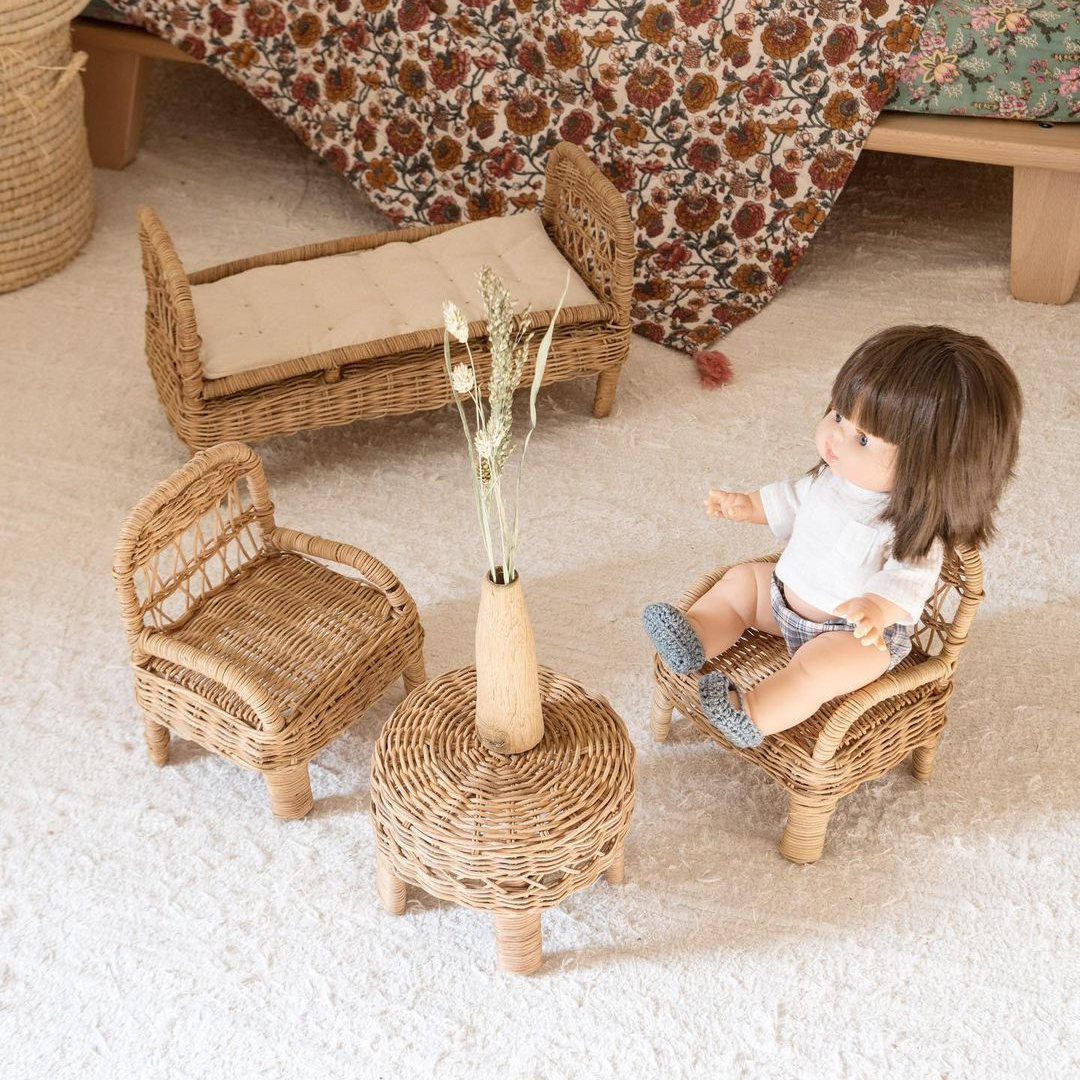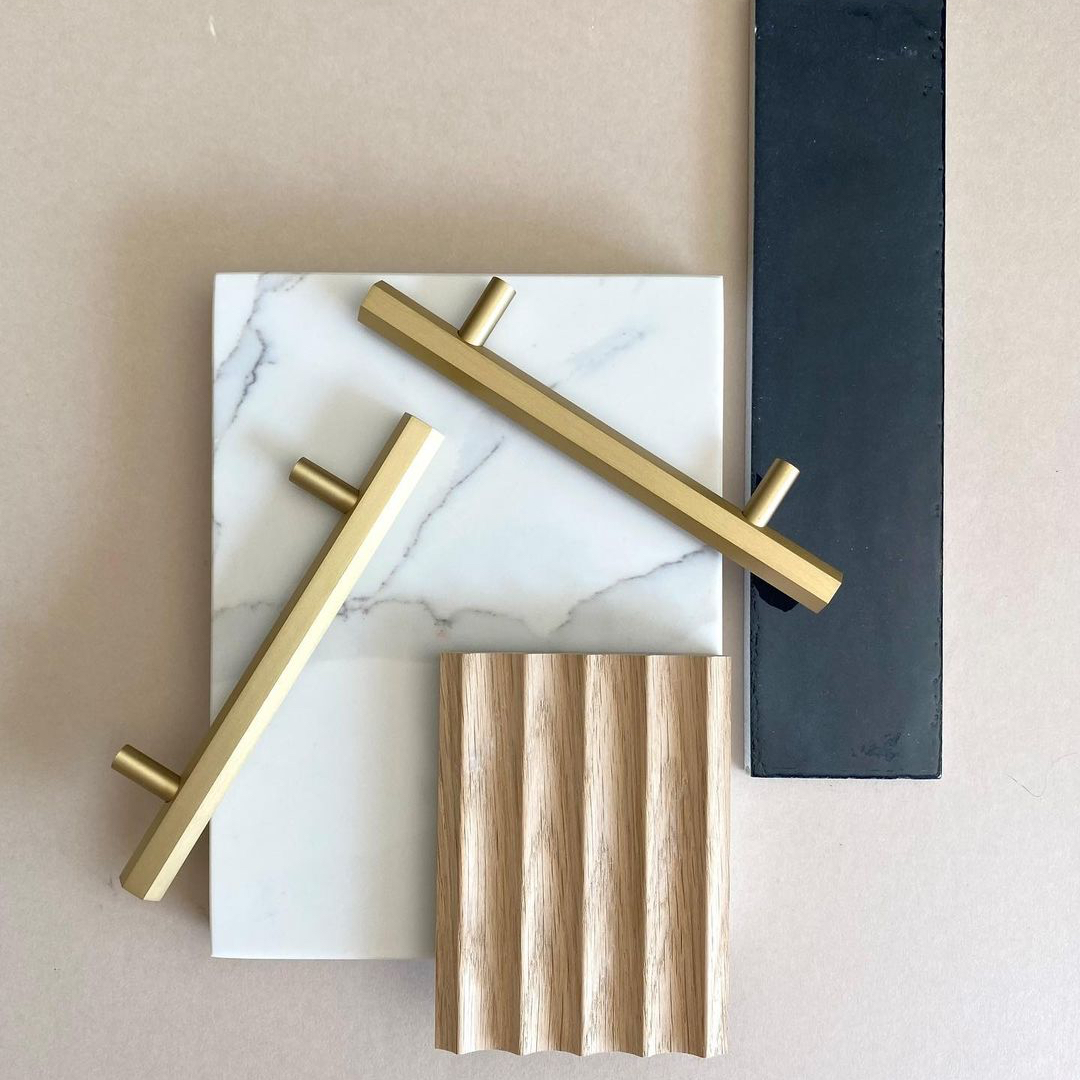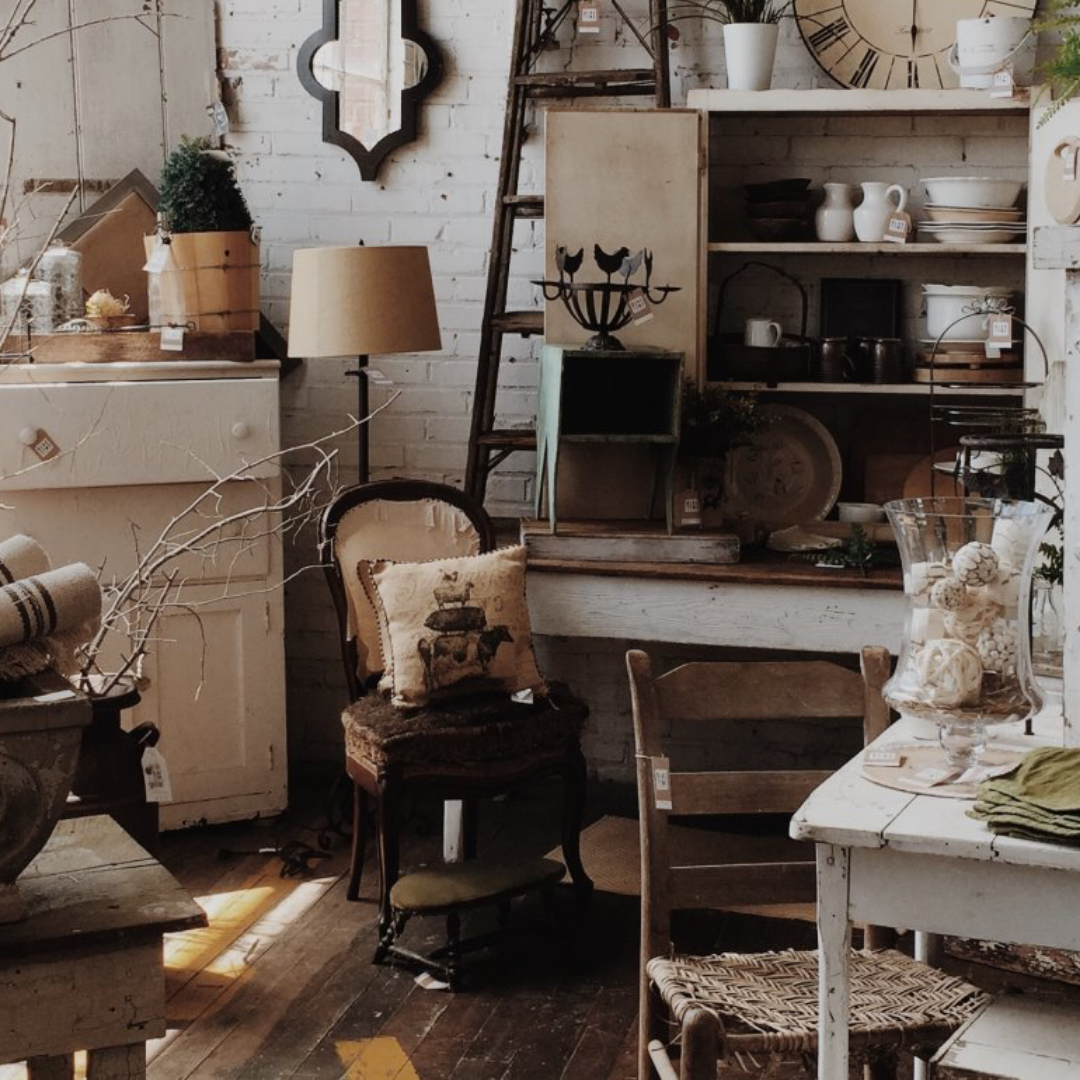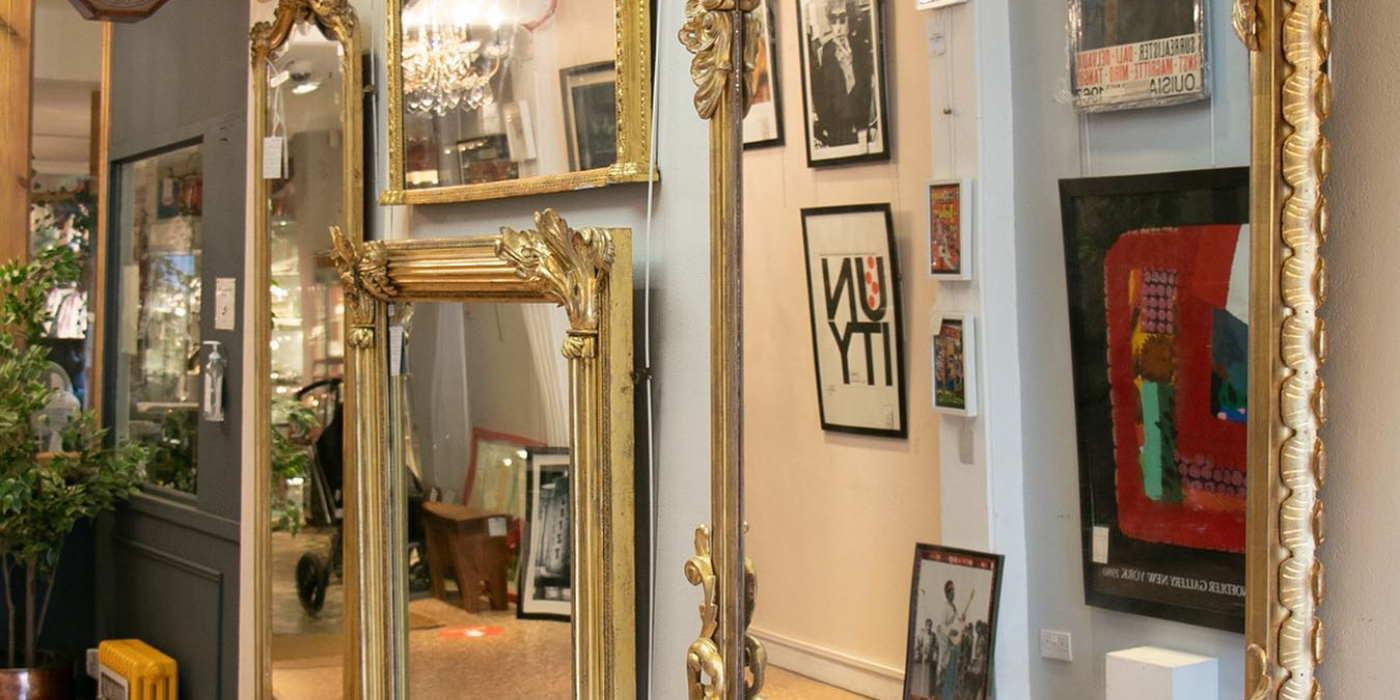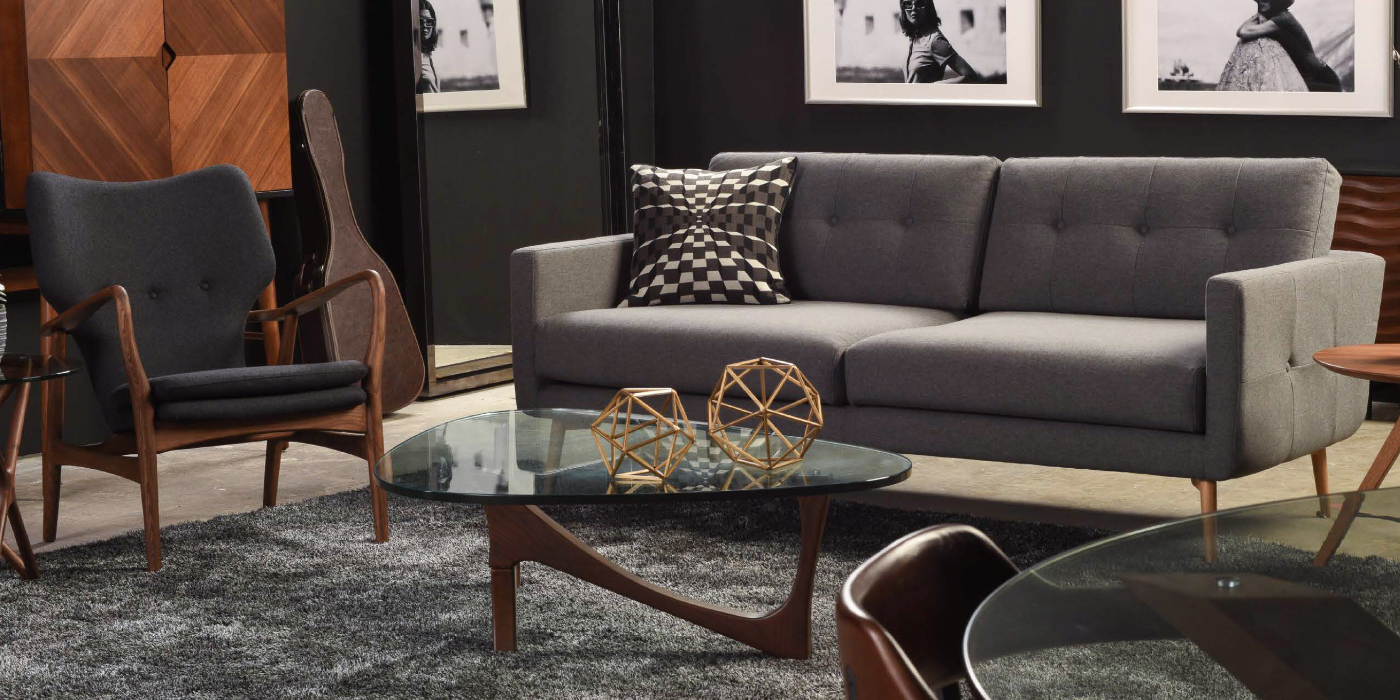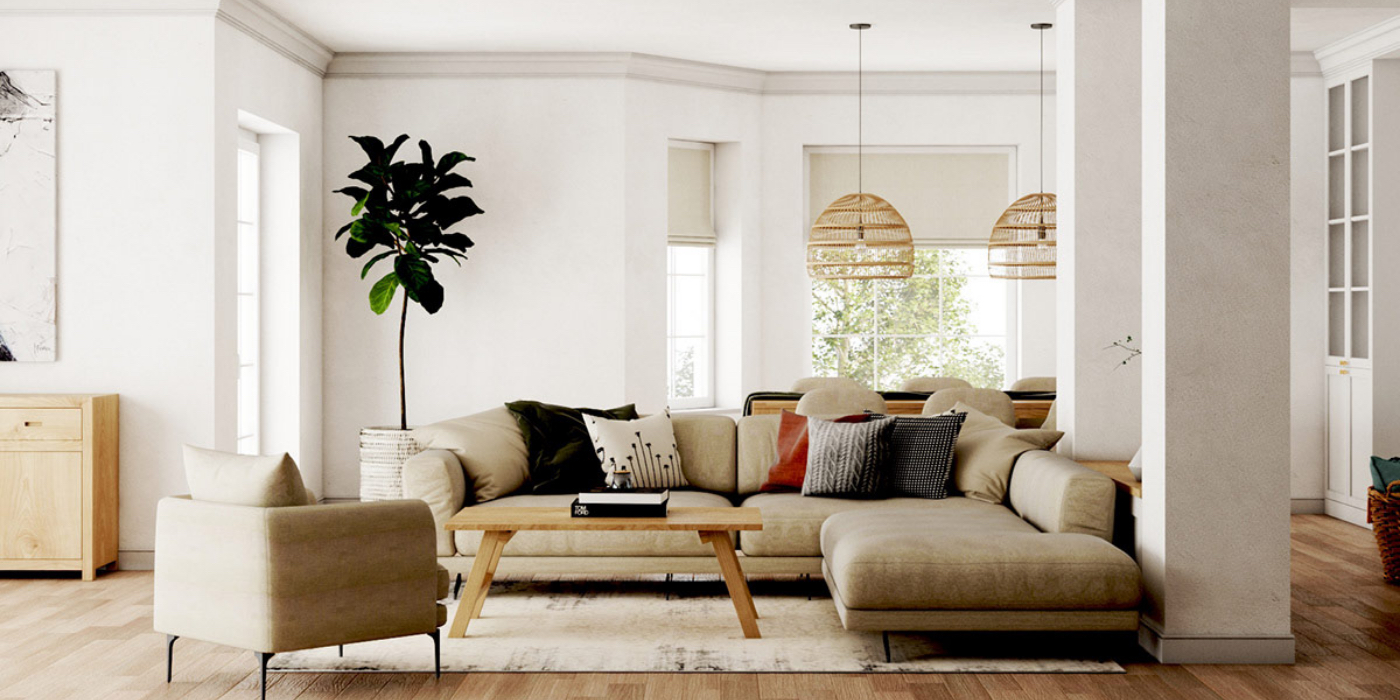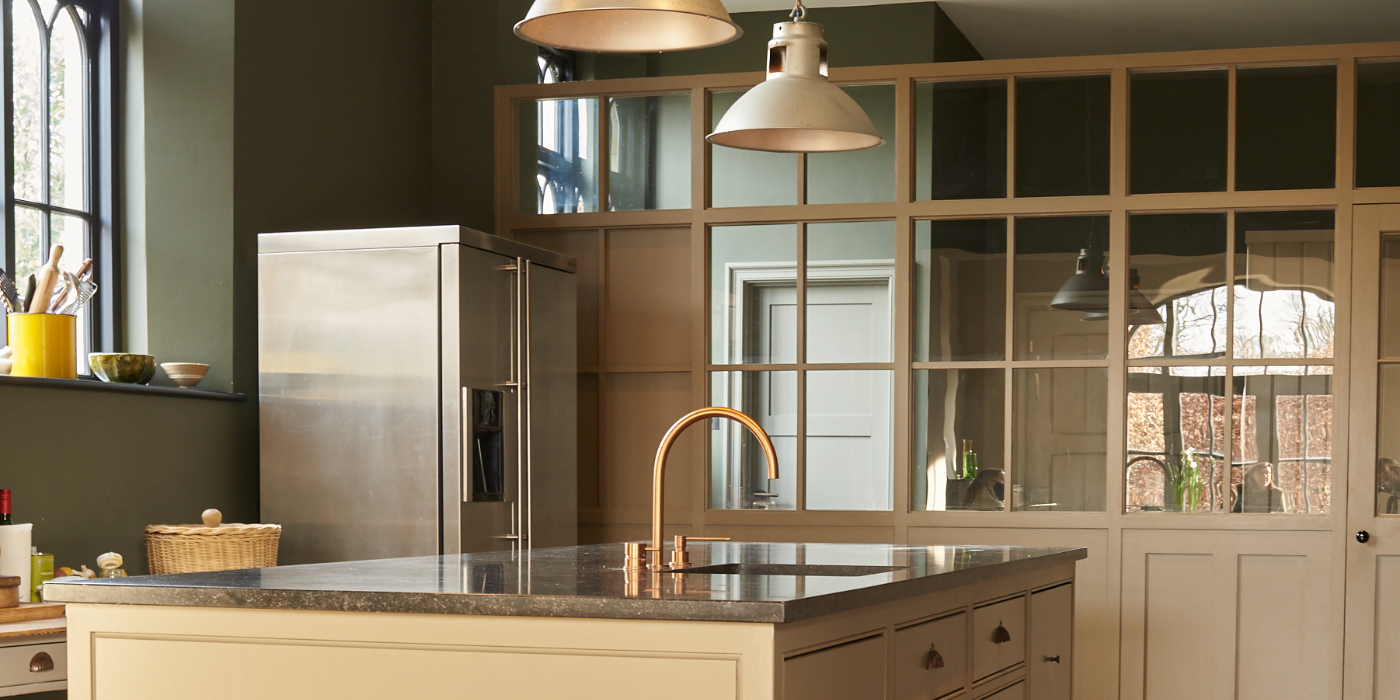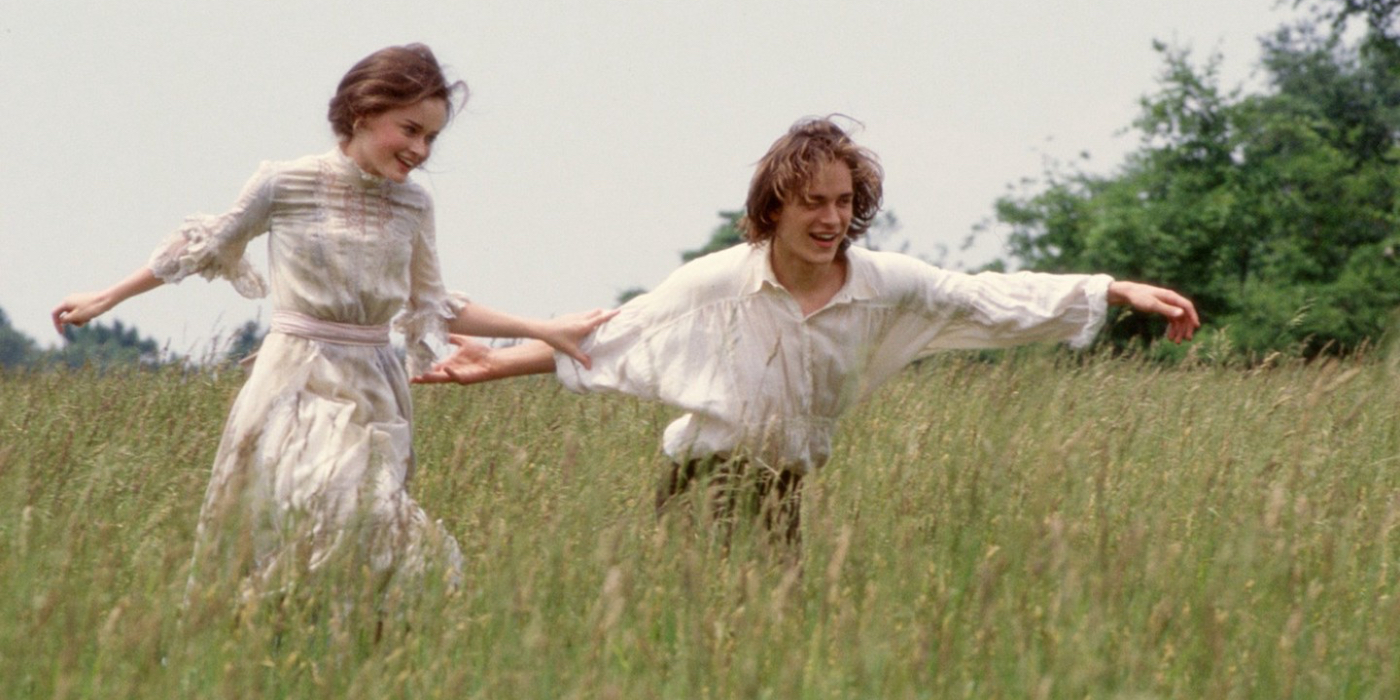A Lifestyle Editor’s Home with a Vintage Heart
Do you love vintage furniture? Perhaps like me, you have a mix of hand-me-down pieces and things you’ve somehow collected along the way? Sometimes they prove a challenge when it comes to creating a stylish place to live. But antique and vintage furniture adds something quite special to your house and can help to make it into a home.
Using vintage pieces in your home is all part of living a sustainable, environmentally friendly lifestyle. Those solid wood pieces have lasted the test of time and, with a little tender loving care, will last for a lot longer. Handmade or manufactured in small, specialist workshops, they are usually excellent quality. That’s just part of why there’s a growing focus on reusing, repurposing and refurbishing the furnishings of previous generations.
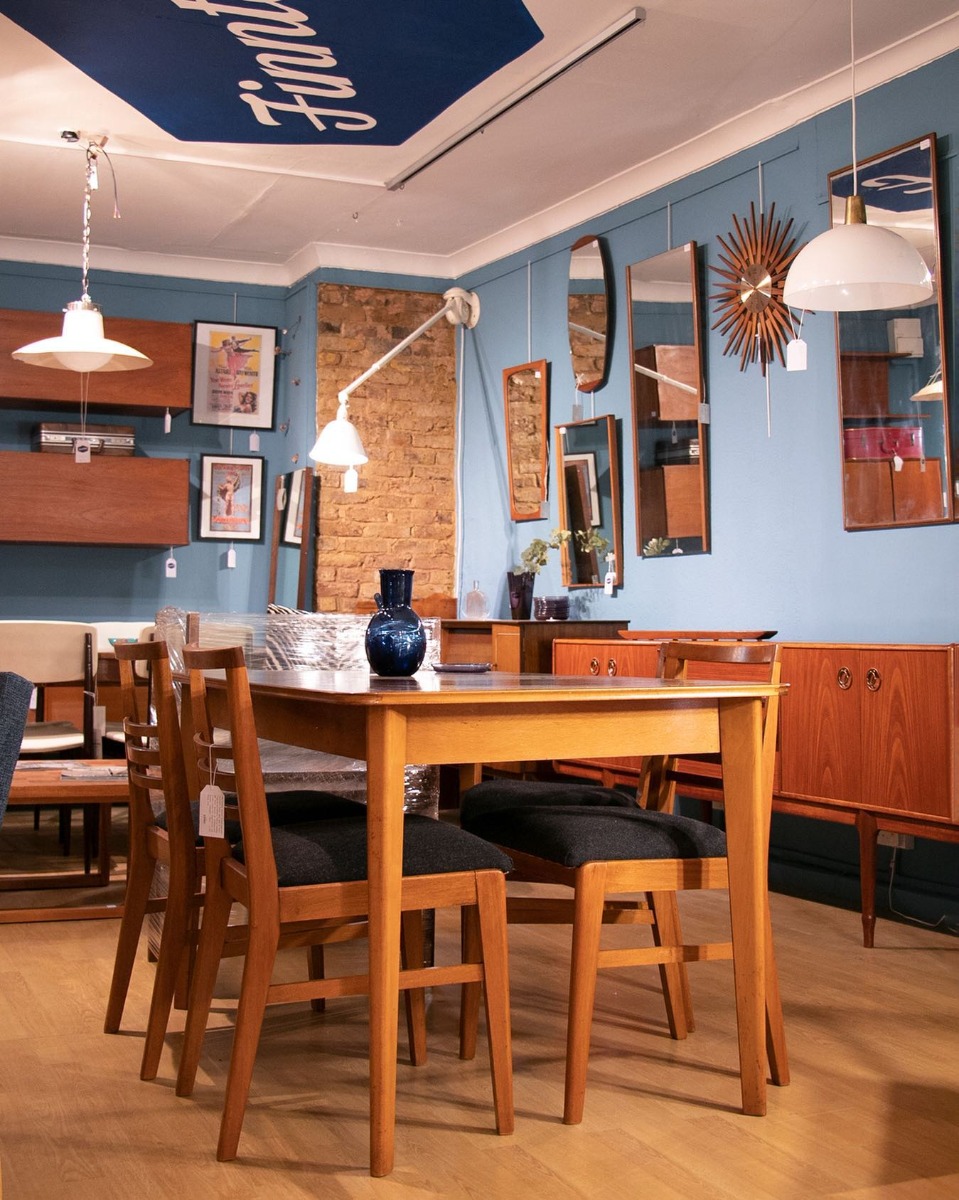
Whether you live in a period property or new build, integrating your vintage and antique furnishings needs a considered approach. Many years ago, when I first bought my own house, I was given a stunning oak refectory table by my mother. I knew nothing about the table but wanted chairs that would ‘fit’. So, equipped with a few photos, I started to visit places like The Old Cinema, a large antiques and vintage emporium in West London. I learnt that my table was designed for Churchill in 1922 by Philip Tilden, an architect, working in collaboration with Ambrose Heal. The original round Tilden table is still in Chartwell while the refectory table that I own was first sold by Heals in the 1920s. Sure enough when I got home I looked more carefully and under the table, I discovered a small ‘Heals’ plaque.
Of course, the provenance of a Tilden table is special. More significant for me though is the connection with my childhood – the table where we enjoyed Christmas lunches and birthday feasts. The same table where I threw my cutlery down in disgust at fish pie for supper again. So, I’d never want to part with it.
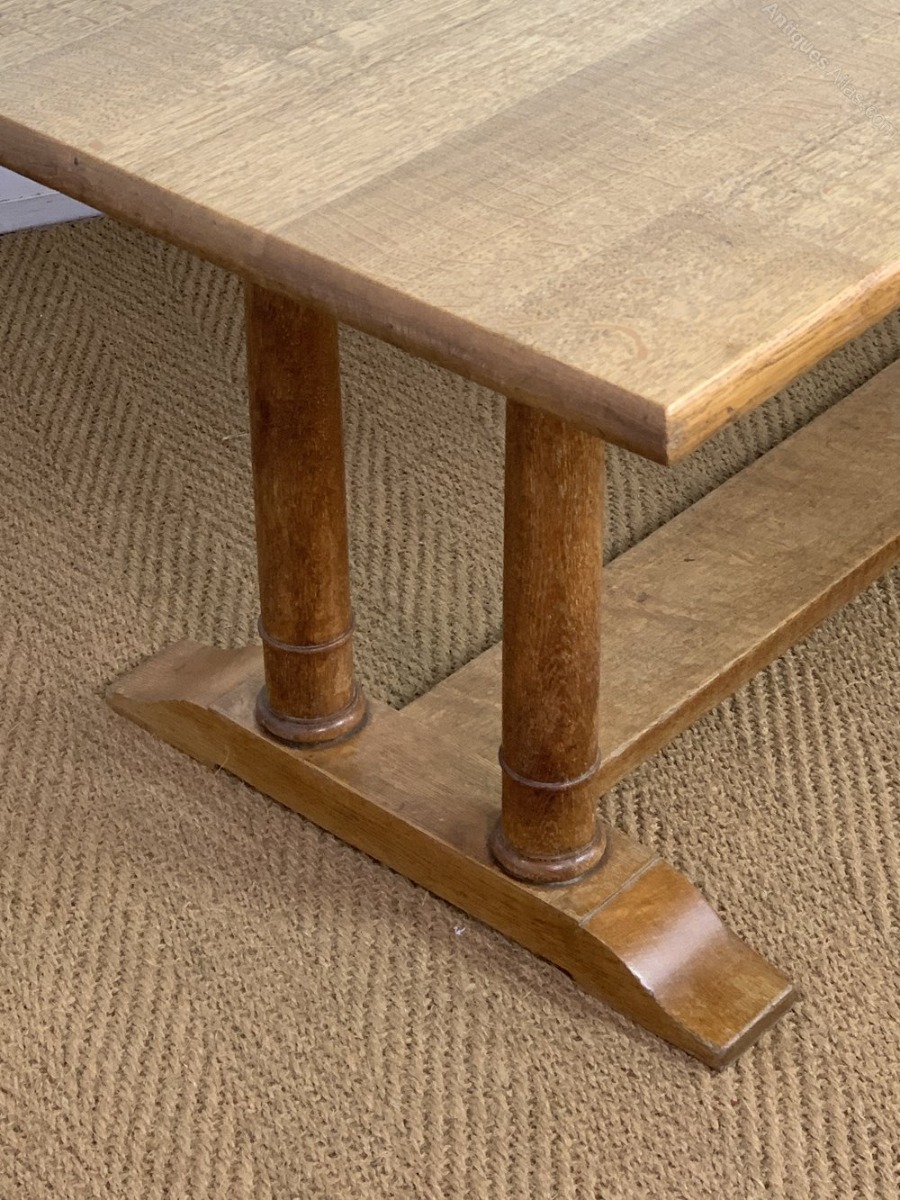
Once I knew what the table was, I found examples of the chairs that were originally made to go with it. Sadly, unlike the table, Tilden chairs didn’t work for me. The design was substantial and would have overwhelmed the space I had. Instead, I looked for alternatives. Plush modern velvet upholstered chairs were one option I considered, but in the end, my choice was to collect yet more vintage items. It has taken me around ten years, but I’m now happy that I have the perfect set for me. The chairs I picked were made by William Birch, a chairmaker who started work in High Wycombe around 1840 and ultimately became famous through a long-standing collaboration with Liberty of London.
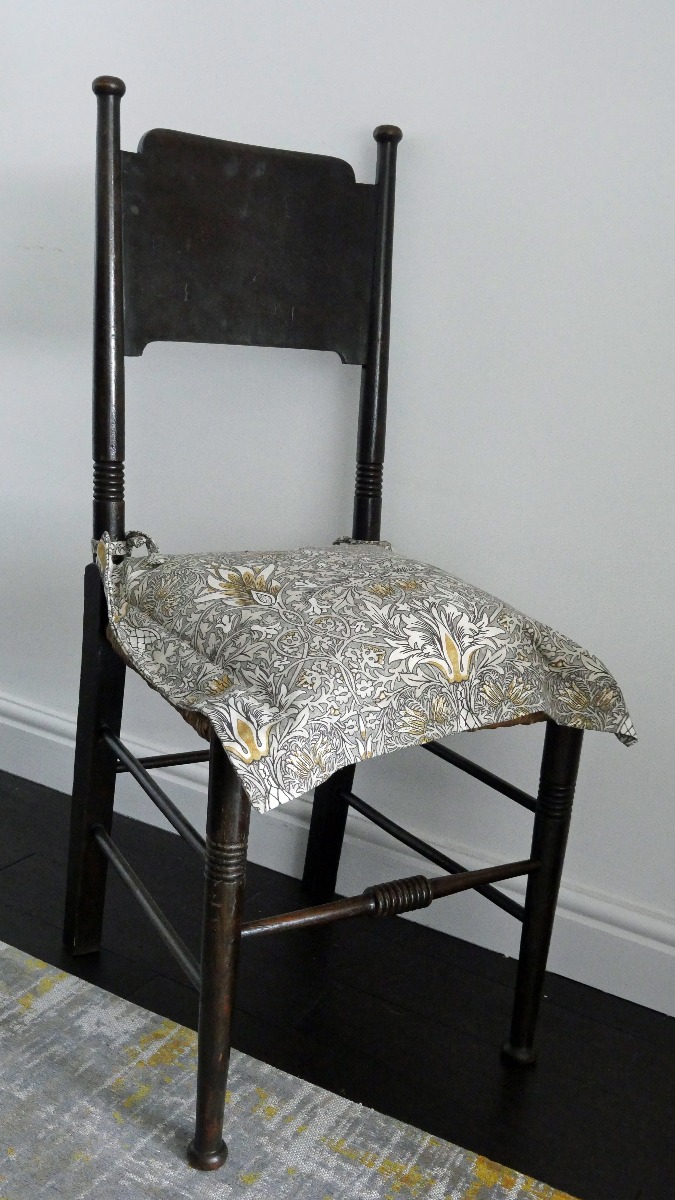
I have six Birch chairs – what an antiques dealer might call a ‘harlequin set’ since they are all slightly different. They are the perfect size and shape for my Tilden table and for the space in my home where they sit. Two are perfectly restored and four still need re-rushing but are structurally sound. For now, all the inconsistencies are hidden under William Morris seat pads – with the advantage of making things comfier until I get the rushing done. While it’s wonderful to find vintage furniture that is in perfect shape, I have no problem getting items reupholstered or restored and sometimes find it a bonus. Upholstered chairs can blend much better into a mixed or contemporary setting if you pick the right fabric and, of course, it’s easier to create a blended colour palette.
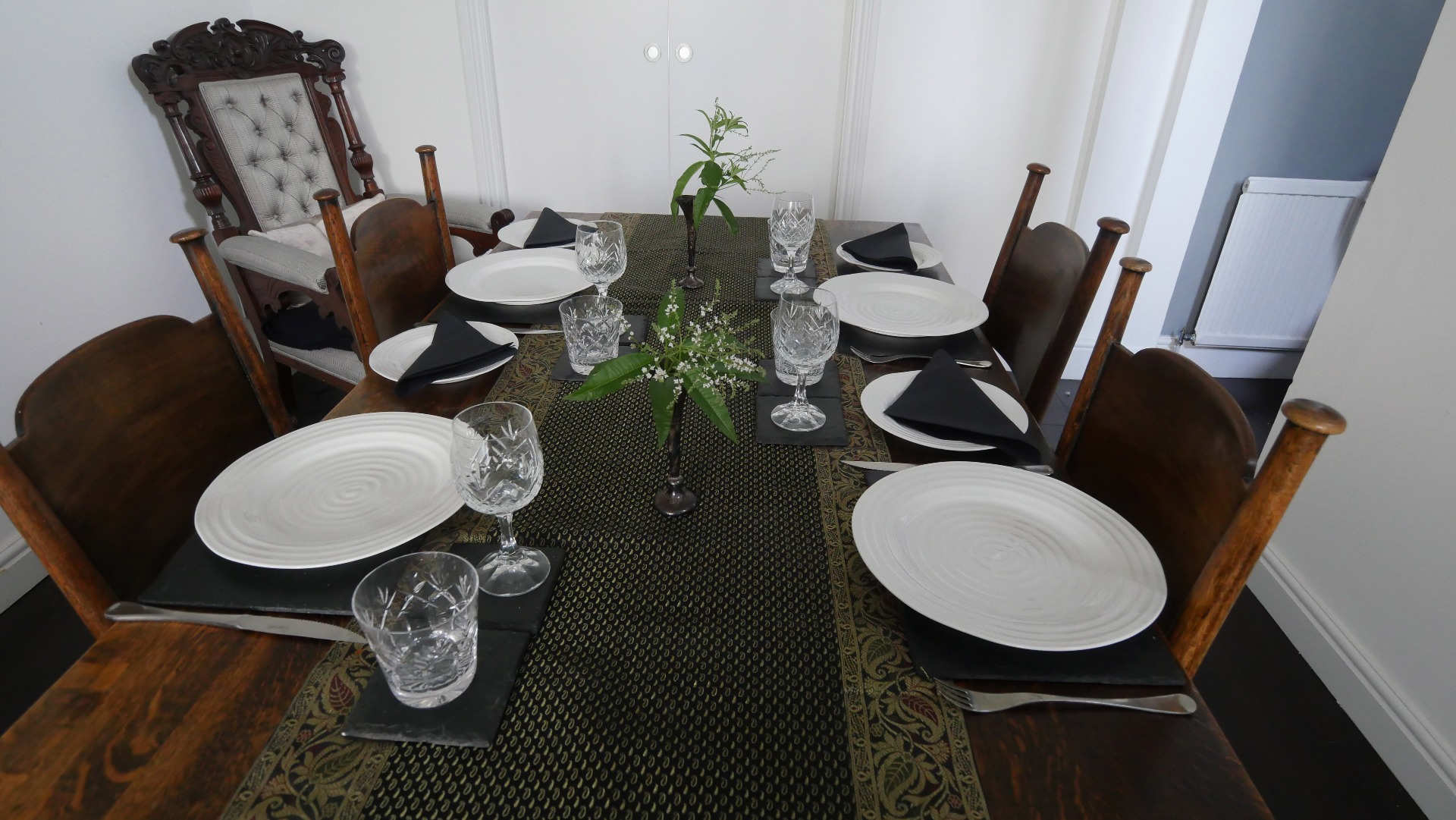
My Tilden table is a very practical piece of furniture. The design was intended to fit ‘the modern house’ so while it is robust, it is smaller than many refectory tables. And that makes things easy. If you are not so sure about how that wonderful dresser or stunning chaise longue will fit, then start with careful measurements. If like me, your spatial awareness isn’t great then I’d recommend making newspaper cut-outs before you buy. Lay your newspaper out on the floor and you’ll get a good idea of how things might work, without paying for a delivery only to have to send something away.
What if you really don’t have much space? There are plenty of ways to personalise your home with vintage pieces without the need for vast rooms. Vintage lights, glassware, a chair or a rug can all add that personal touch.
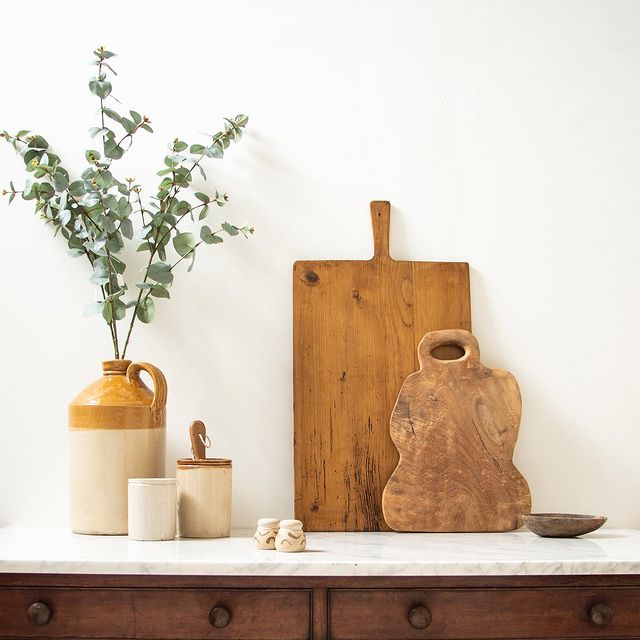
It doesn’t all need to be vintage either. I want to avoid my home looking like a museum, so my table sits on a modern Louis de Poortere rug. I mix and match John Lewis lights with vintage glass and brass fittings and, while my everyday glasses are dishwasher proof and easy to replace, on special occasions I fill my old decanter set from Mappin (now Mappin & Webb) with port and sherry or pull out the crystal glasses I was given by my parents.
If you are lucky enough to acquire or inherit a classic you may well find that the design is revived or continued or that items from the same design house can easily mix and match. Half my cutlery came from my parents. The remainder comes from a revival by the same designer, Robert Welch, and matches perfectly. And, while I am the proud owner of a pair of vintage swan chairs by Arne Jacobsen from Fritz Hansen, they sit in a room with two modern drop chairs from the same designer. The result is a home that is very personal and yet feels consistent.
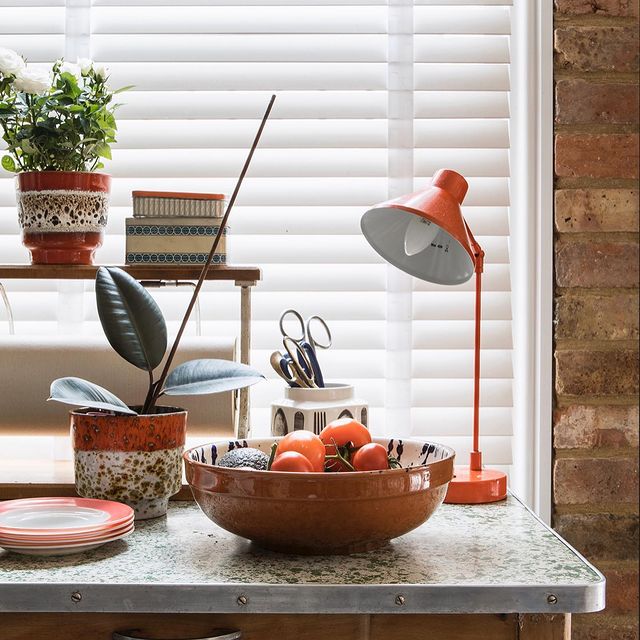
Integrating a vintage or antique piece into a room, whether a family heirloom or something you’ve just fallen in love with, guarantees a unique interior. A favourite family piece of furniture for me brings back special memories. Once I’ve fallen in love, any ‘new’ piece of vintage furniture quickly finds its own space in my eclectic collection. And I believe it’s what makes this house into my home.
